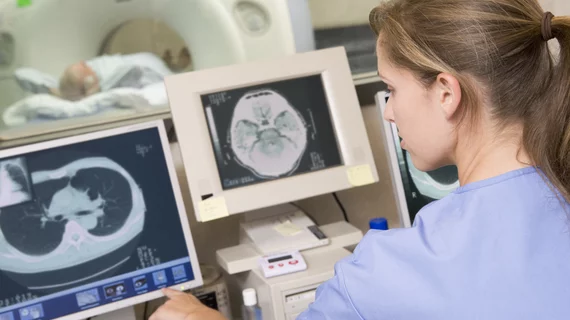Picture archiving and communications systems have become key to digital hospital workflow. Yet new research indicates radiologists and other healthcare providers have many gripes with these systems that need to be addressed.
Poor performance, growing complexity and inadequate training were all cited as top annoyances by a small group of international healthcare professionals, according to a study shared April 9 in the Journal of Digital Imaging. And while most use these informatics platforms more than six times per day, the systems are hindering daily production.
Many of the findings align with existing research showing there’s a long list of items healthcare organizations and PACS developers need to fix in today's imaging informatics systems.
“There is a clear appetite among health professionals for significant improvements to existing PACS,” Séan Cronin and colleagues with Trinity College Dublin in Ireland explained in the paper.
The anecdotes are based on semi-structured interviews with 35 participants across five countries—predominately Ireland—between February 2019 and December 2020. Most were senior health officers (11), consultants (6), specialist registrars (6) and radiographers (5), with one sonographer and radiation safety officer, among others.
Many use PACS solely to view images and radiology reports, they noted. And while providers said systems dramatically enhanced their workday at first, many indicated tasks have only become more challenging for the average user.
For example, one radiographer noted images are often uploaded and stored in incorrect locations. Another surgical expert said it’s frustrating when imaging is pulled up and the computer goes to sleep and logs out entirely.
Speed was also a top complaint. Respondents said PACS run quite slowly, hindering their workflow and, in some cases, discouraging them from even pulling up images.
Part of these frustrations stem from the reported complexity for the average user. Most in this study rarely use advanced features, yet still noted the interface and high number of required mouse clicks are ongoing barriers.
“We’re just trying to log in, find the patient, look at a report [and] look at an image,” one respondent said. “Having two dozen different options is not really useful for most of us.”
Some difficulties may be due to a lack of education, the authors noted. A majority of participants never received any formal training for using PACS, with most learning from colleagues while on the job.
Healthcare providers indicated they didn’t know if training was even available, but agreed that it would be beneficial. Others noted it would be difficult to learn everything in one sitting and that usability should be more intuitive.
Many, particularly those involved in surgery, like the idea of a touchless system, with voice-controlled shortcuts to speed up tasks. This may be an opportunity for PACS developers, the authors wrote.
Cronin et al. explained many PACS users outside Ireland may have a different experience with their own systems, which limits their findings.
The bottom line is more work is needed to enhance PACS usability, training, and access, the group added.
“There is a clear need for improvements to PACS training for clinicians, and more convenient support could also be helpful,” Cronin and co-authors wrote. “Research should focus on determining which learning tools are most effective and best suit the clinician’s workflow.”
Read much more from the full study for free here.

